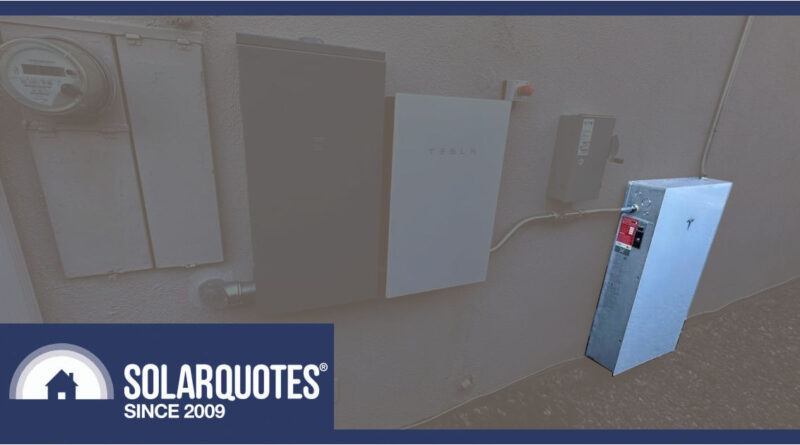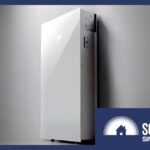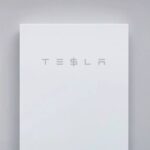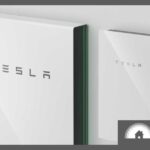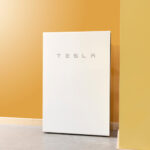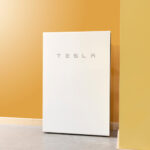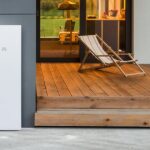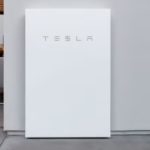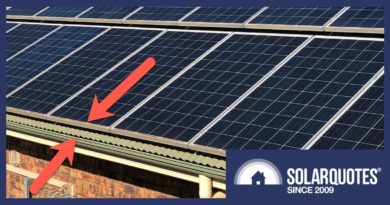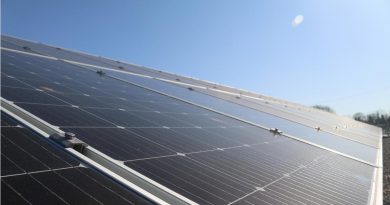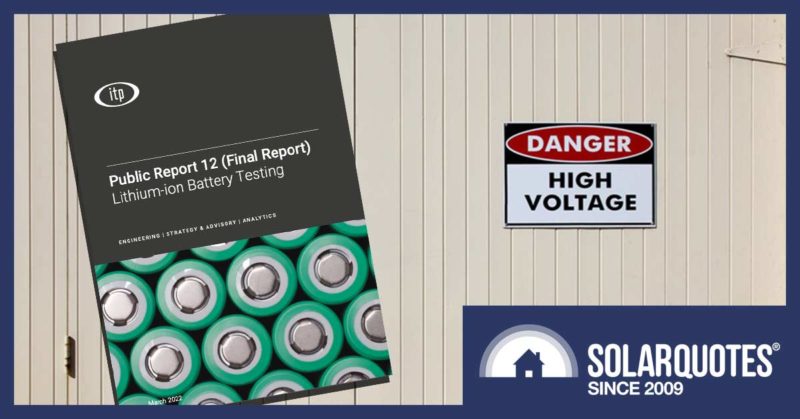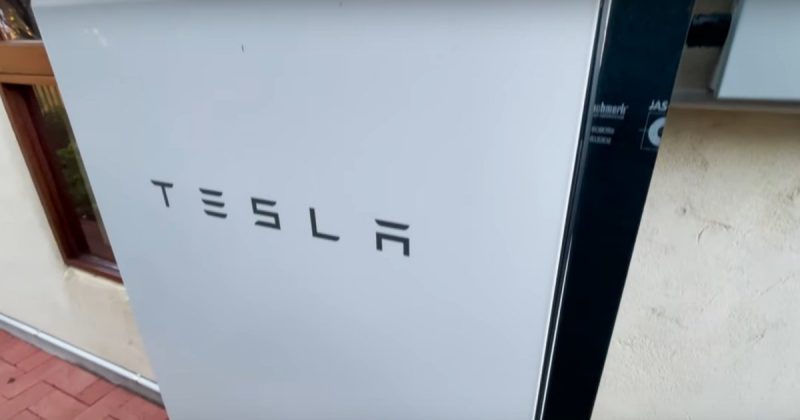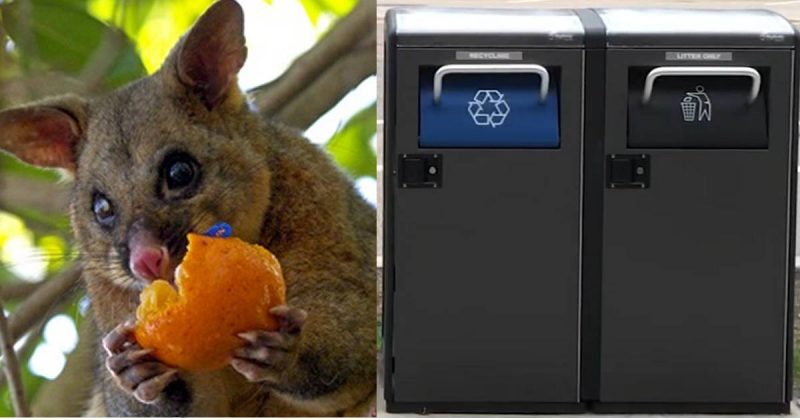Decoding Tesla Powerwall 3’s Electrical Specs: Implications for Australia
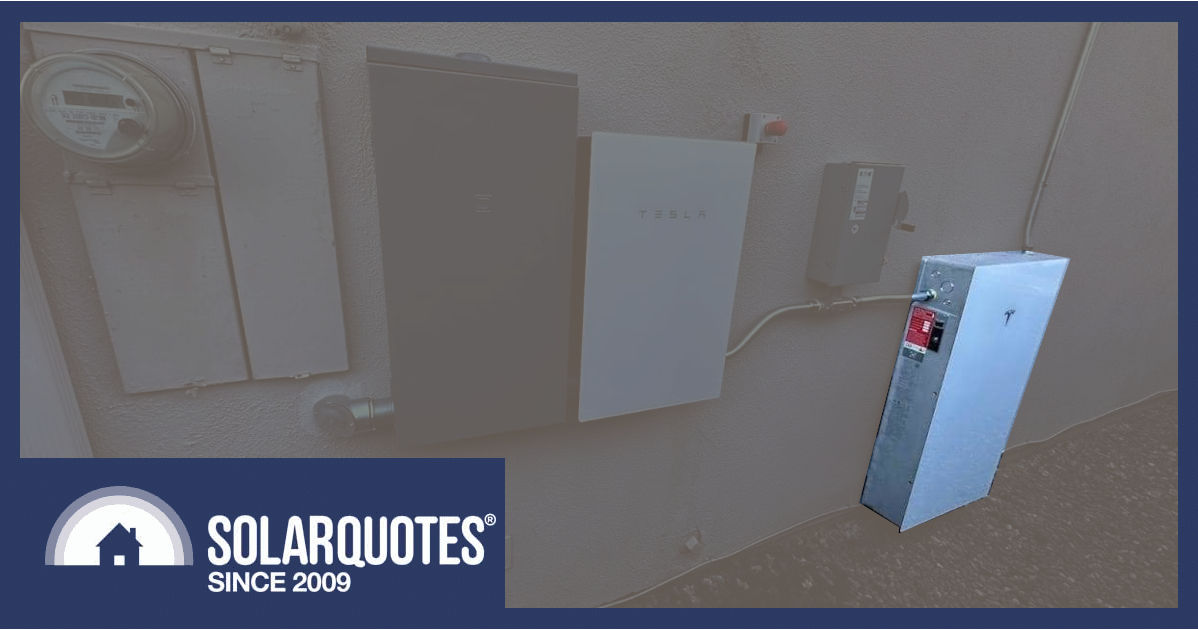
There she be… Powerwall 3
Photos are doing the rounds of a Tesla Powerwall 3 installed in the wilds of Burgeristan (the USA) , so I thought I’d add a few words to the stream of excited comments.
Hopefully, my guesses are a little better-educated than some who still confuse kilowatts with kilowatt-hours. There are many people, even in the electrical and solar industry, who should know better. This is why I’m waging a private campaign to have kilowatt hours expressed as koalas instead.
Here are some of the specs from a grainy photo of the side of the Tesla Powerwall 3 battery:
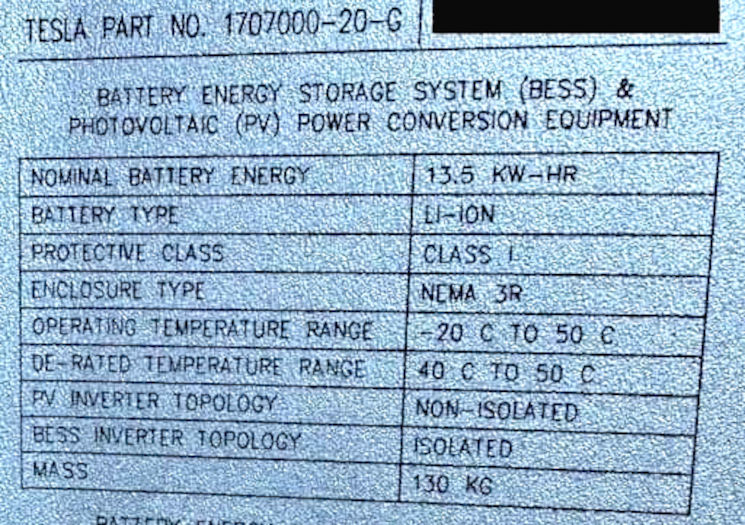
Let us be thankful the Americans don’t describe batteries in British Thermal Units or Freedom Eagle per Bushel Cubed.
Powerwall 3 Mechanical Specifications
Weight
We should start with the part that makes installers like me wince. It weighs a hefty 130kg compared to the Powerwall’s 114 kg. Not everyone has a picture-perfect concrete garage and easy trailer access, so many electricians rail against this monolith-type form factor. Just imagine carrying the thing up some stairs. Some solar battery manufacturers such as Sungrow and BYD really have the competition nailed when they use scaleable stackable storage with each module weighing as little as 30 kg.
Dimensions
The Powerwall 3 takes up less wall space, but is 3cm thicker:
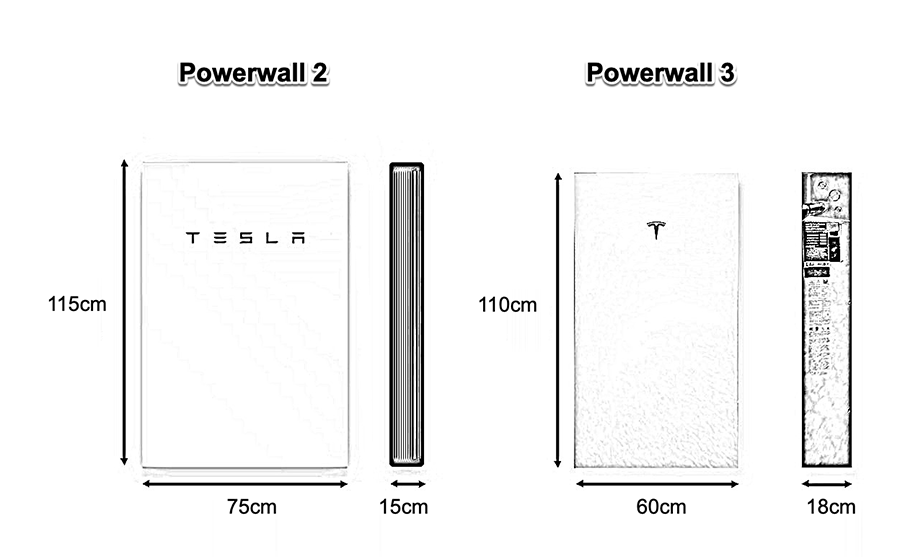
It has a die-cast aluminium body and glass front plate. Unless this can be removed, it suggests these units won’t be stackable like the Powerwall 2.
Electrical Specifications
Storage Capacity
13.5kWh is a decent number of koalas, matching the Powerwall 2 exactly.
Ambient Temperature Range
The temperature limit of 50°C at least makes sense in hot and sunny Australia. We don’t even have to convert it from friggenheight.
Inverter Topology
From an electrical perspective, it’s interesting that the Powerwall 3’s solar inverter is non-isolated, so there are only some semiconductors standing between energy sources; with smoke, fire and calamity assured if they fail. Whereas the battery inverter is isolated, so there must be a transformer in there to magnetically but not physically couple the sources.
Maybe that has something to do with American electrical rules, which also dictate rapid shutdown for solar power systems, plus metal conduit, knife switches and other stuff that’s state of the art for the twenties… the nineteen twenties.
Integrated Solar Inverter
Frequency
Just like its predecessor, the 60Hz frequency of the Powerwall 3 will be easily adjusted to an Australian 50Hz.
AC Voltage
The AC voltage matches Australian Standards well. Some people ask how something designed to suit a quaint North American 110VAC system can work in Australia. The secret is that 2Wire + Neutral + Earth means they have a split phase supply, so the 110v peasants actually have 220v in their house, but they need dedicated wiring to run things like clothes dryers.
No Three-Phase
Where this cuts both ways is that almost nobody outside an industrial factory with a dedicated street transformer has a 3-phase supply in the US. So they see no need for CCS plugs to charge EVs, and they have no market for 3-phase inverters. The upshot is that when the grid fails, PW2 has never been able to form a 3ph 120° supply, so I don’t expect Powerwall 3 will be able to offer 3-phase backup either.
Is Tesla Powerwall 3 Black Start Capable?
The other Achilles heel for PW2 was the fact they were rendered useless if the battery went flat overnight during a grid outage. Whether Powerwall 3 offers black start capability (so the unit will restart itself without the grid) is an open question, but I can’t see why it wouldn’t.
Inverter Output Power
The Powerwall 3 seems to offer 4 power configurations:
- 5.8 kVA
- 7.7kVa
- 9.6 kVA
- 11.5 kVA
Seeing as most Australian distribution networks have a 10kW per phase limit on inverter capacity, I think we’ll get a 9.6kVA (40amp specification) if it’s not turned up to 9.999 or even 10kW.
Battery Charging Power
By the looks of it, the Tesla Powerwall 3 battery can charge at around 4.75kW, so if there’s a storm coming, you can tap the grid for a little under 3 hours to get a full charge into the battery.
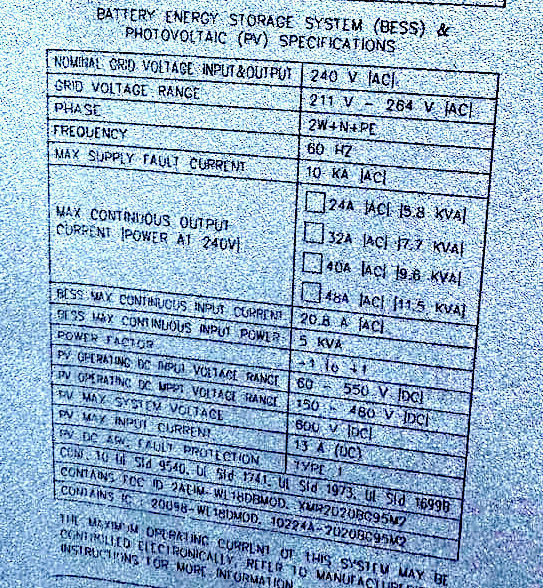
The image is a little poor but legible after some enhancement
Solar Voltage Ratings: All Good
The solar voltage ratings look to be nice and broad at 60 to 550VDC overall, so a two-panel string might be possible, but 150 to 480VDC for maximum performance is pretty standard; as is the 600VDC ceiling.
Solar Current Rating: Problematic
What genuinely surprises me though is the Powerwall 3’s 13amp DC rating. Even if that isn’t a hard limit, in the era of high current solar panels that deliver maximum power at more than 13amps nominal rating, it’s ludicrous to release a new product that doesn’t have at least a 16amp capacity.
If you apply the AS5033:2021 derating factor, which demands the inverter handles 1.25 times short circuit current, you’ll only be able to use a very limited range of 10 amp/50 volt solar panels.
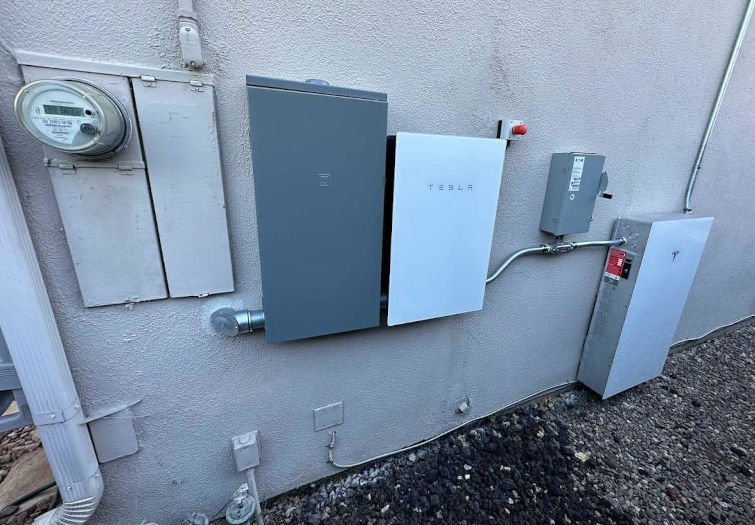
Knife switches and metal conduit, it’s as modern as apple pie. Image: Reddit
We’re Hoping For 4 MPPTs
Rumour has it the Australian specification PowerWall 3 will come with more than the industry default of 2 solar inputs. Maybe up to 4 separate MPPTs, which would be needed to make up for the lack of current. They’d get a little closer to the outright leadership and flexibility of Fronius, who have such high ratings that they can handle double the current from parallel arrays.
Any less than 3 solar inputs will limit solar panel array sizing too much in my opinion.
Powerwall 3 Tweaks For Australia
If these images are indeed the final product, then styling has taken a back seat to substance for the Powerwall 3, maybe because the accountants have vetoed aesthetic finishes. Of course, Australian customers won’t have steel conduits to contend with.
Still, it will be interesting to see if the rapid shutdown switch makes way for an onboard DC isolator that virtually all the competition has adopted here.
Should You Wait For The Powerwall 3?
No one knows if the Powerwall 3 will even come to Australia, but if it does, what are the advantages over the Powerwall 2?
Powerwall 3 Advantages
- Integrated solar inverter – hopefully the Powerwall 3 has enough inputs to get at least 10 kW of solar panels into it despite the low current rating.
- Higher output current – can backup more circuits with one battery.
- Takes up a little less wall area.
- Possibly cheaper (LFP battery cells are 10-20% cheaper than NMC)
Powerwall 2 Advantages
- Stackable if you want more than 13.5 kWh on the same wall area
- Looks prettier
- Easy to retrofit to 3rd party solar inverter
- Is actually available in Australia
I think it is likely Tesla will continue to make the Powerwall 2 for some time – and, if you want more than 13.5 kWh of stackable storage or the flexibility of third-party solar inverters, it remains a great choice.
Original Source: https://www.solarquotes.com.au/blog/tesla-powerwall-3-specifications/

